Safeguarding children
Teachers play a key role in safeguarding pupils, and we know that schools have developed reporting procedures to ensure that all pupils feel confident to come forward when they have concerns about their own or someone else’s behaviour, or when they feel unsafe.
School staff are in a position to:
- Identify concerns early
- Provide help for children
- Promote children's welfare
- Prevent concerns from escalating
What can teachers do?
If you feel a pupil in your class has experienced abuse, remember the 3Rs.
Recognise
There are many different forms of abuse, which means that the signs will be different for each child in each case. There are some common signs that indicate something might be having an impact on a child or young person’s life, and while these signs don't necessarily mean that they are being abused, it's always good to assess the situation and maintain an open mind.
Some of these indicators could include:
- Sudden and unexplained changes in behaviour
- Becoming withdrawn or anxious
- Frequent absences from school
- Self-harming
Respond
If you have any concerns about a child’s welfare, you should immediately follow your organisation’s child protection policy and speak to the designated safeguarding lead (DSL) or designated safeguarding person (DSP).
If you have concerns that a child may be experiencing abuse, it is important that you speak to the child. This shows them that you have noticed that something is not right and may help them feel more comfortable talking to you.
If a child has disclosed that they’ve experienced abuse, you should reassure them that what they say will be taken seriously, that they will be supported and kept safe. A child should never be given the impression that they are creating a problem by reporting any form of abuse and/or neglect. Nor should a child ever be made to feel ashamed for making a report.
Refer
Where appropriate, it’s important that a referral to children’s social care is made if concerns escalate. Referrals should follow the local referral process.
Further safeguarding guidance
The resources below provide useful guidance on what to do if you suspect a child in your setting has experienced abuse and how to deal with incidences of abuse in a school setting.
GOV.UK
Keeping children safe in education - GOV.UK: statutory guidance for schools and colleges on safeguarding children and safer recruitment.
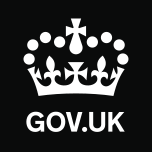
GOV.UK
Report child abuse - GOV.UK: UK Government guidance on reporting child abuse.
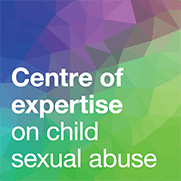
CSA Centre
Safety Planning in Education - CSA Centre: resource to support professionals in education settings responding to incidents of harmful sexual behaviour.
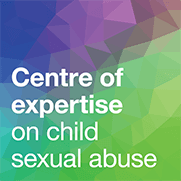
CSA Centre
Signs & Indicators Template - CSA Centre: resource to help professionals identify and respond to concerns of child sexual abuse.
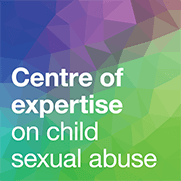
CSA Centre
Communicating with Children Guide - CSA Centre: guidance for all people working with children in talking about child sexual abuse, understanding what prevents children from talking about sexual abuse and the role of professionals in helping children to tell us what is happening.
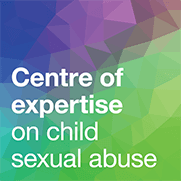
CSA Centre
Supporting practice in tackling child sexual abuse film series: a 12-part short film series for professionals distilling key information about identifying and responding to concerns of child sexual abuse.
Guidance on teaching about violence against women and girls
Head to the Teaching resources section for a range of resources designed to help you deliver the curriculum in your school.
